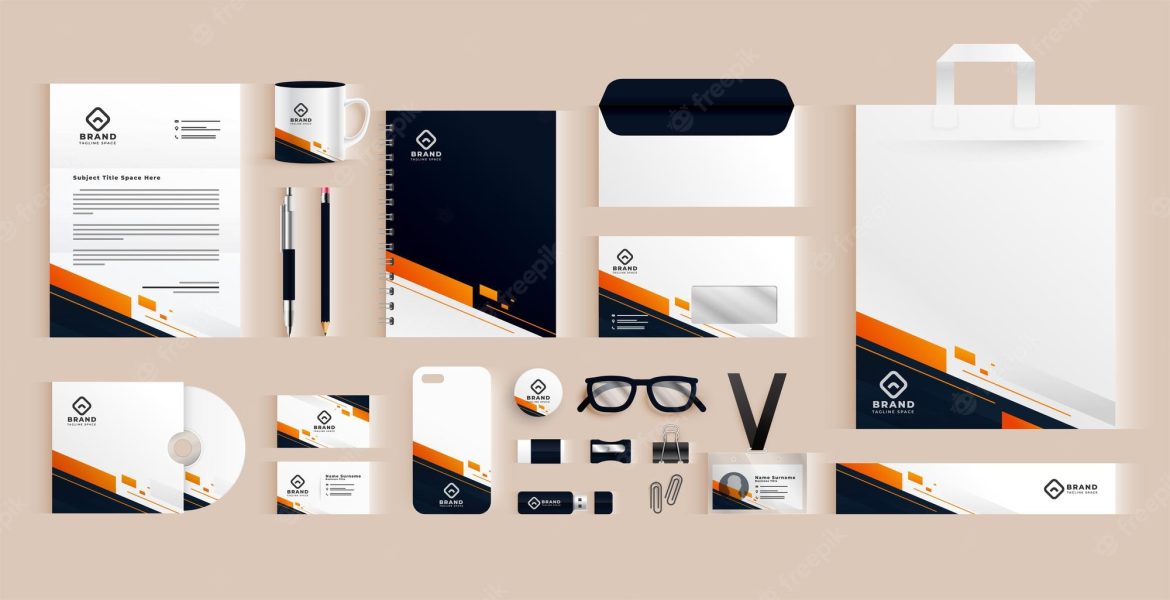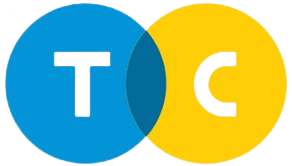New customers are attracted to a company by its identity, while old customers identify your brand due to different recognition. The face of a company is its brand identity. It is an intellectual and even logical concept, and brand identity is the visual component of a brand that communicates those bigger goals.
Logos, typography, colors, packaging, and messaging all contribute to a group that complements and strengthens the company’s current reputation. It has an outward and inward orientation.
Companies may only succeed in establishing themselves and gaining recognition if they have a strong brand identity. They can grab their clients’ attention, credibility, and customer retention because they have an excellent reputation.
This article aims to look at what brands may do to build and enhance their business brand.
Brand Identity’s Fundamental Elements:
Corporate brand identification entails much more than just a logo. Let’s go over the specifics of what else might be involved.
1-Impressive logo:
Is it the image or the brand that came first? Because logos and identities continuously focus on modifications and adjustments, it’s tough to tell, but in general, a brand name should arise initially, accompanied by a logo that fits, complements, and improves that brand. The design of your brand identity development revolves around your logo. It’s the part of your brand identification to which most people will be exposed. It must be consistent with all other aspects of your brand identification, as well as your brand’s overall emotional appeal.
2- Typography:
Picking the right font that works and goes with your logo and colors plays an important role. Unique typography is how you represent a brand.
Different fonts have different, and the most famous fonts are those which are used according to your brand image. You’ll want a single primary typeface to lead your brand design, and it should work well with your logo and your color palette.
3-Structure and Style:
The size and shape of various items that define your company are another significant brand identity facet. People react differently to your logo if it has comfort, style, and circles against one rectangular and crisp. This tiny but effective element of brand identity design can be used for branding purposes.
Numerous patterns and lines elicit different emotions, so let’s go over the details:
- On the other hand, horizontal lines imply mellow vibes and tranquility, whereas rectangles imply strength and masculinity.
- Straight-edged shapes generate ideas of productivity and strength. Furthermore, the square edges and lines represent operational flexibility.
- Warmth is symbolized by round curves, which aid in creating a sense of unity.
4-Illustration:
All of the photos you have used for your branding, marketing, and advertising are considered imagery. This isn’t your logo or the content you publish; it’s the pictures and stock images you employ, the design of your webpage and other brand assets, and your general brand appearance.
Consider multicolored and patterned backgrounds, packaging, or banners—you don’t need tangible artwork to properly represent a brand; you can simply do it with abstract imagery by varying the shape and color palette.
5- UX/UI design:
The user’s engagement with an application or other form of the product is referred to as UX, while UI is the user interface you provide to the customers. Building a smooth experience for your customers reflects well on your company.
Therefore, the basic purpose of UX and UI design is to provide a clean, straightforward experience for the user. It is important to take care of this element for building your brand identity.
Create a Stunning Brand from the Scratch:
As you’ve seen, creating a brand is much more than just creating a logo! A brand identity is a collection of design choices, brand identity design assets, and one-of-a-kind branding pieces that work together to give your company its distinct appearance and feel. To bring it to life, work with a skilled brand identity designer.
You should know why you’re better than your competitors and why you’re the greatest choice for the individual buyer you’re targeting are all communicated through branding. It’s both a way of surviving and a means of thriving. Keep creating a different brand identity.
Also read
What are the advantages and disadvantages of Free Website Themes?

